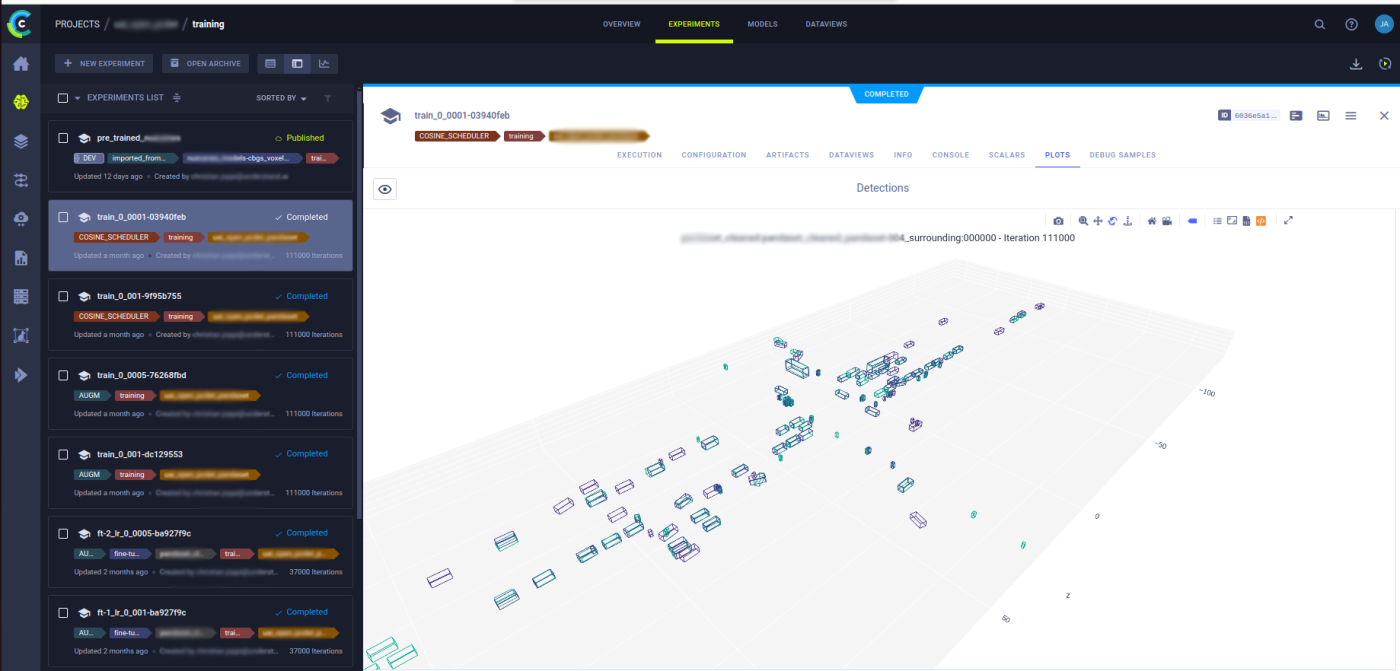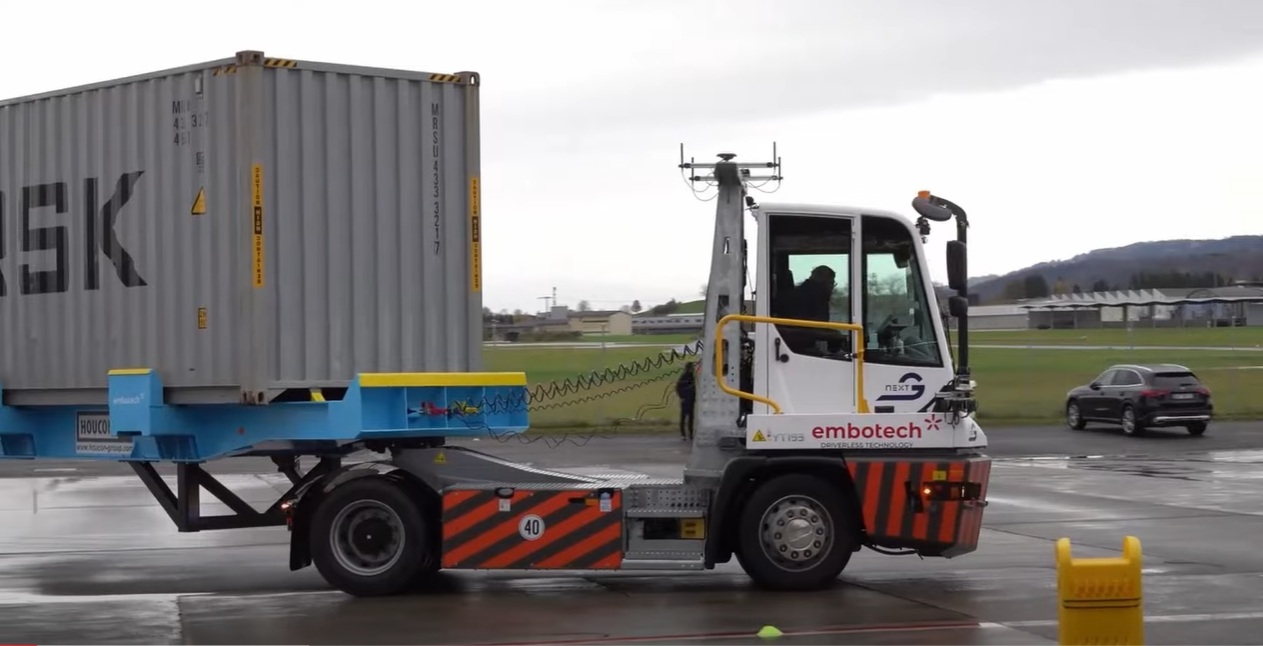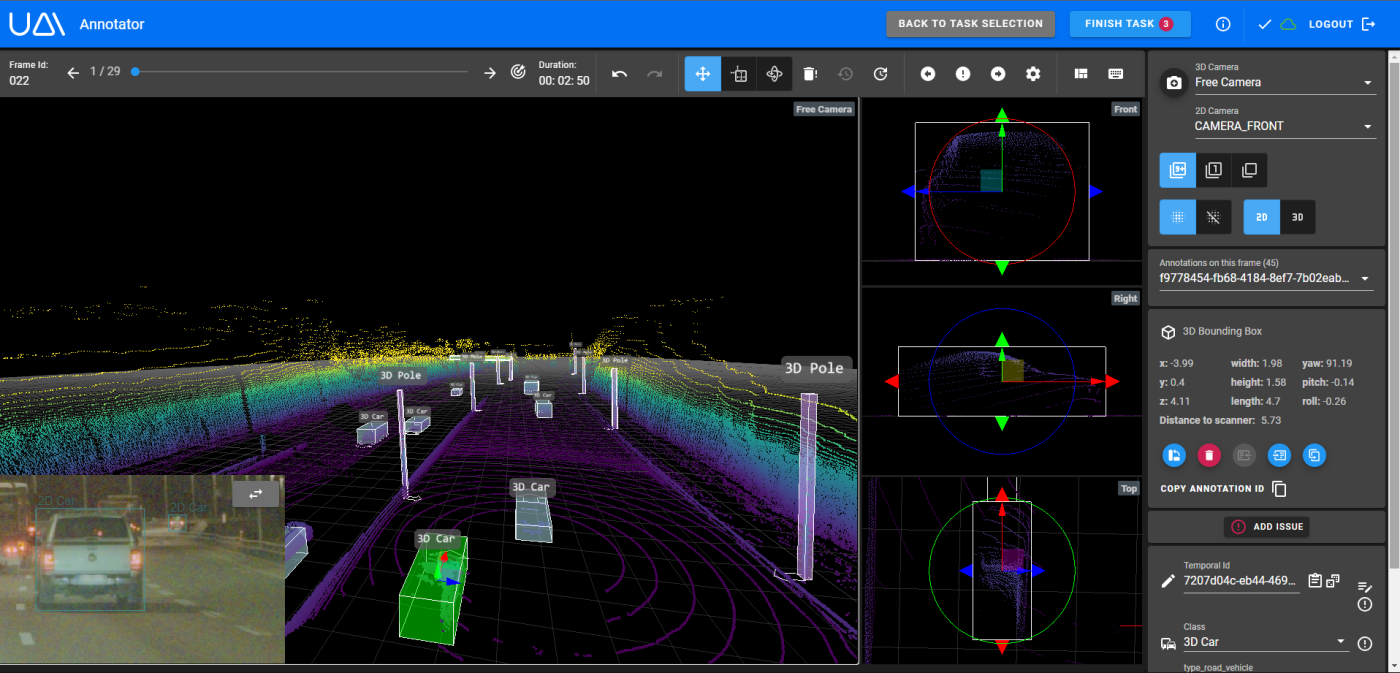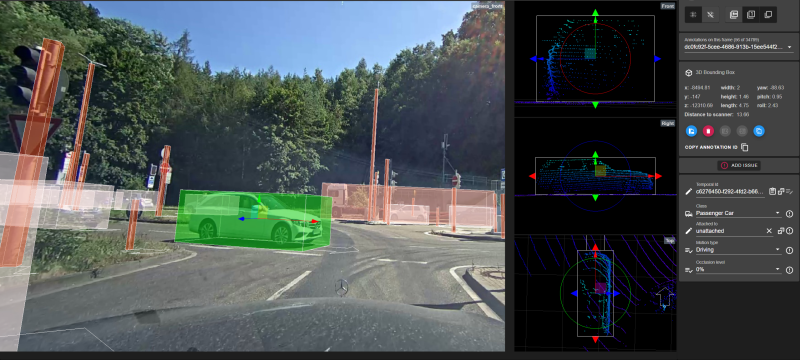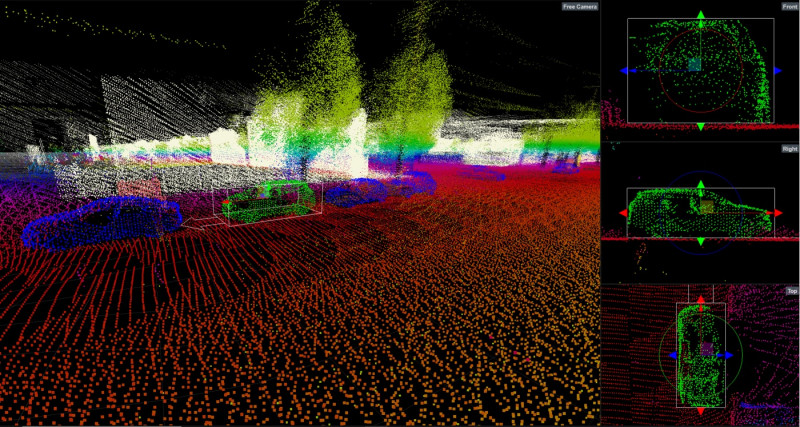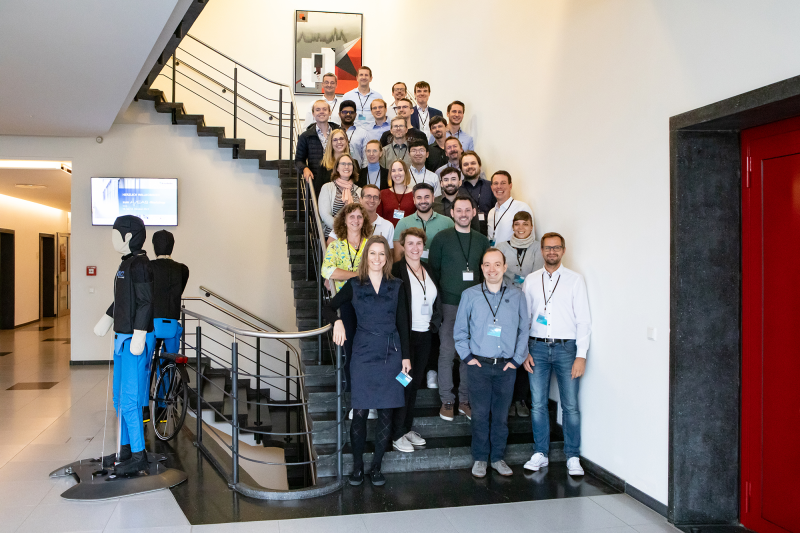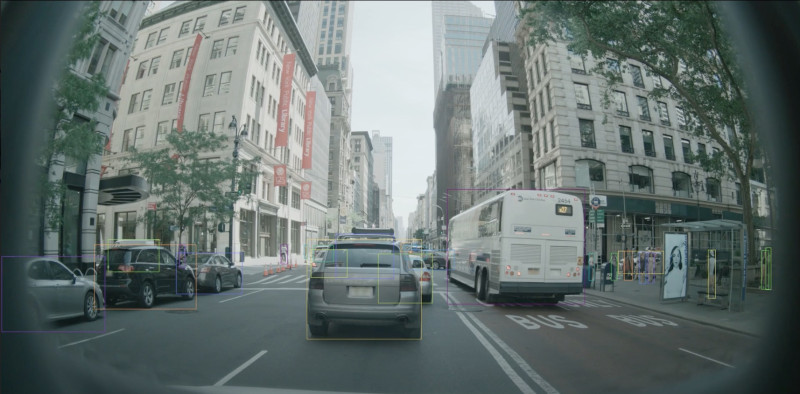Blog Page
At understand.ai, we develop ML-based software to automate data labeling. Our work involves building and maintaining numerous models, which require regular updates and fine-tuning to meet our customers' specific needs. Optimizing our ML operations directly enhances the …
Read moreIn today's evolving industrial landscape, Embotech is a leading provider of AI software for autonomous systems. Headquartered in Zurich, Switzerland, Embotech's solutions enhance safety, productivity, and energy efficiency in logistics yards, ports, and smart factories …
Read moreWhat Prompted the Need for Updated Labeling Tooling? Modern vehicles can be equipped with a variety of different sensors for assistance systems or autonomous driving. Common examples are cameras, RADAR and LIDAR sensors and many more. While some assistance functions such as an …
Read more